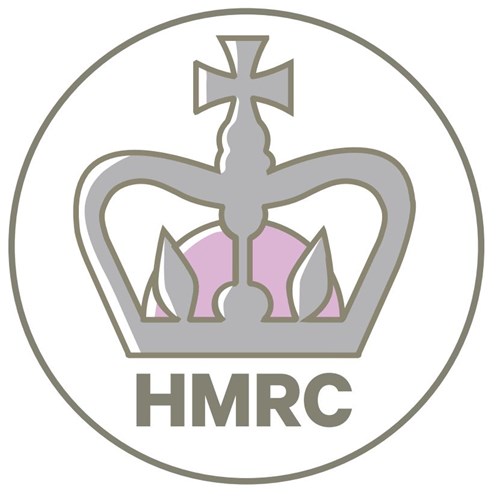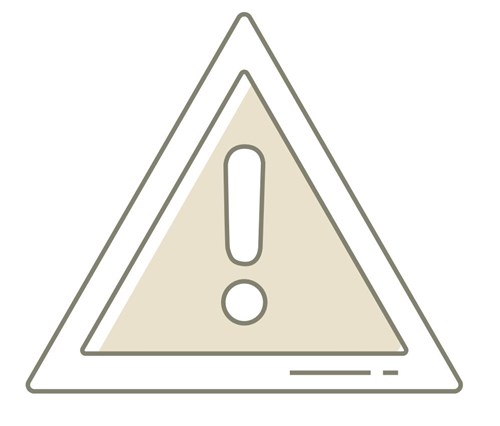Need an adviser?
Get a tailored quote for this product from a financial adviser. To find one, visit Unbiased.
With pension tax relief, you get to keep money you’d normally pay in Income Tax, and instead use it to boost your pension savings. Learn more about what pension tax relief is, how it works, and what its limits are.
Pension tax relief is a benefit you get for investing into a UK-recognised pension scheme. Essentially, money that you would have paid to HM Revenue and Customs (HMRC) is directed into your pension savings pot – which can then potentially grow in value while it remains invested.1
You can get pension tax relief on all pension types, including workplace pensions, personal pensions, self-invested personal pensions (SIPPs) and stakeholder pensions. How you get this tax relief may differ depending on which of the above pensions you have.
While there’s no limit to how much you can save into a pension over a year, or in total over your lifetime, there are limits on the amount of tax relief you can receive.
To understand how pension tax relief works, it’s worth first taking a quick look at Income Tax marginal rates.
Although certain limits apply, which we’ll discuss, the amount of pension tax relief you can receive aligns with your marginal tax rate bands.

| Your contribution | Tax relief | Your pot grows by | |
| Basic rate | £80 | £20 | £100 |
| Higher rate | £60 | £40 | £100 |
| Additional rate | £55 | £45 | £100 |
The above applies to England, Wales, and Northern Ireland. Scottish Income Tax rates and bands are slightly different to these, but you can still claim pension tax relief at your marginal tax rate.
Learn more about pension tax relief in Scotland.
There are two ways you can receive tax relief on your pension payments. These are:
With relief at source, you contribute to your pension scheme from your income after tax has been deducted. Your pension provider will then claim 20% tax relief directly from the government. This amount will be added to your savings.
For example, if you contribute £80 from your after-tax income, your provider will claim £20 from the government on your behalf. Your pension pot will grow by £100.
This 20% tax relief is at the basic rate of Income Tax. If you pay one of the higher marginal tax rates, you can claim this additional tax relief from HM Revenue and Customs (HMRC).

If you have a personal pension, the relief at source method will always be used. If you have a workplace pension, your employer may use either relief at source or net pay (see below). Whichever arrangement they use for pension tax relief, it will apply to all employees in the scheme.
With a net pay arrangement, you contribute to your pension scheme from your pay before tax is deducted. Net pay is only used by workplace pensions, and under this arrangement, your employer may offer you ‘salary sacrifice’ (also known as ‘salary exchange’).
Here, your employer will decrease your salary by the amount you’re saving into your pension. This has the benefit of lessening the National Insurance contribution you’re obligated to pay based on your salary. However, there may be disadvantages to using salary sacrifice, depending on your personal circumstances.
By contributing to your pension from your pay before Income Tax is deducted, your pension tax relief is received straight away, and nothing needs to be claimed back from HMRC.
For example, if a £50,000 salary is your only source of income and you pay £10,000 of this into your pension, this entire amount is added to your pot without any deductions. Your taxable income therefore drops to £40,000, minus the Personal Allowance.
If you pay Income Tax above the basic rate of 20% on part of your pay, you don’t have to claim this back from HMRC, as you would with relief at source.
If you earn less than £12,570 and don’t pay Income Tax, the Government will pay a top-up into your pension even if your scheme uses the net pay system.
Tax relief on your pension contributions allows you to invest more money into your pension. To illustrate how much of an effect this can have, compare saving £250 per month over 25 years without tax relief to the same contribution, but with tax relief added.
| Without tax relief | With tax relief | |
| Your monthly contribution | £250 | £250 |
| Tax relief at 20% | £0 | £62.50 |
| Monthly total | £250 | £312.50 |
| Total invested into your pension over 25 years | £75,000 | £93,750 |
| Potential pot value after years** | £128,960 | £161,200 |
**Potential pension investment growth over 25 years, at an assumed average annualised return of 4%
Please bear in mind that because investments can fall as well rise, the future value of your pension can never be guaranteed, and the above comparison isn’t based on any product.
There are limits to how much pension savings tax relief you can get each year – but remember that these limits only apply to tax relief, and they don’t limit how much you can save into your pot.
The government will use a tax charge to reclaim any relief given on pension savings above these limits.

The limits to keep in mind include:
On your own contributions, your pension tax relief is normally limited to an amount equalling up to 100% of your income (referred to as your ‘relevant UK earnings’). This amount includes any contributions made by a third party on your behalf but doesn’t include any contributions made by your employer.
Relevant UK earnings can be your salary or wages, any bonus, interest earned on savings, dividends from shares, profits from a business you own, or rent you earn from tenants living in your property. This list isn’t exhaustive.
If you earn less than £3,600, you can receive pension tax relief on your contributions up to £2,880.
The tax relief limit of 100% of your income won’t apply if you meet or exceed your annual allowance – which will take priority.
For most people, the pension tax relief annual allowance is £60,000. This means that once all the contributions to your pension savings for the year exceed £60,000, you no longer receive tax relief. However, you can ‘carry forward’, which may mean that you can pay more and still receive tax relief.
This is because carry forward allows you to make use of any annual allowance that you might not have used during the three previous tax years, provided that you were a member of a registered pension scheme during that time.
For a defined contribution scheme, the annual allowance includes:
For a defined benefit scheme the annual allowance is based on the capital value of the increase in your pension benefits over the tax year. This information will be available from your provider.
The annual allowance may be reduced for those with an ‘adjusted’ income of £260,000, gradually decreasing to £10,000 for those earning £360,000 or more. This is called the tapered annual allowance.
The tapered annual allowance gradually reduces the amount of tax relief you’re entitled to if you’re a high earner. Your annual allowance may be tapered if your total taxable income for the year, less your own pension contributions, is £200,000 or more.
If you meet certain other criteria laid out by HMRC, you could see your annual allowance reduced by £1 for every £2 your ‘adjusted’ income is above £260,000. Your adjusted income includes all your taxable income, along with the total contributions made to your pension over the tax year.
The tapered allowance is complicated to calculate, and if you think it might apply to you, we recommend that you to speak to a tax specialist or find a financial adviser.
The money purchase annual allowance (MPAA) is a reduced annual allowance that may apply if you’ve already accessed any taxable pension income from your flexible access drawdown.
The MPAA works in the same way as the annual allowance, but the amount of money you can save into your pension that’s eligible for tax relief is much less. It’s currently capped at £10,000 per year for most people.
Although you should have received a letter from your provider letting you know if you’ve triggered the MPAA, we recommend speaking with an adviser if you’re unsure or would like to know what your options are.
It’s also important to know how to avoid triggering it if you’re thinking of taking money from your pension.
To get tax relief on your pension contributions, you need to be an active member of a UK-registered pension scheme, and a ‘relevant UK individual’.
You’re a relevant UK individual if you:
Earn an income that’s subject to UK Income Tax. This could include your salary or wages, any interest on savings or investments, or rent. These are all known as ‘relevant UK earnings.’
Are resident in the UK at some time during the tax year.
Are a Crown employee (or their spouse/civil partner) with earnings from Crown employment.
Are a non-UK resident but were living in the UK when you joined a registered pension scheme.
Relevant UK earnings include items like:
This list isn't exhaustive, and tax law can be difficult for a non-specialist to navigate. To ensure that you're maximising your opportunity to receive tax relief on your pension contributions, we recommend speaking with a professional.
Footnote:
1. Investments can fall as well rise, and you may get back less than you put in. Past performance is not a guarantee of future returns.
What are pensions and how do they work?
Get a tailored quote for this product from a financial adviser. To find one, visit Unbiased.
Use our helpful finder tool to get support information for each of our products.
Monday to Friday, 9am to 5pm




